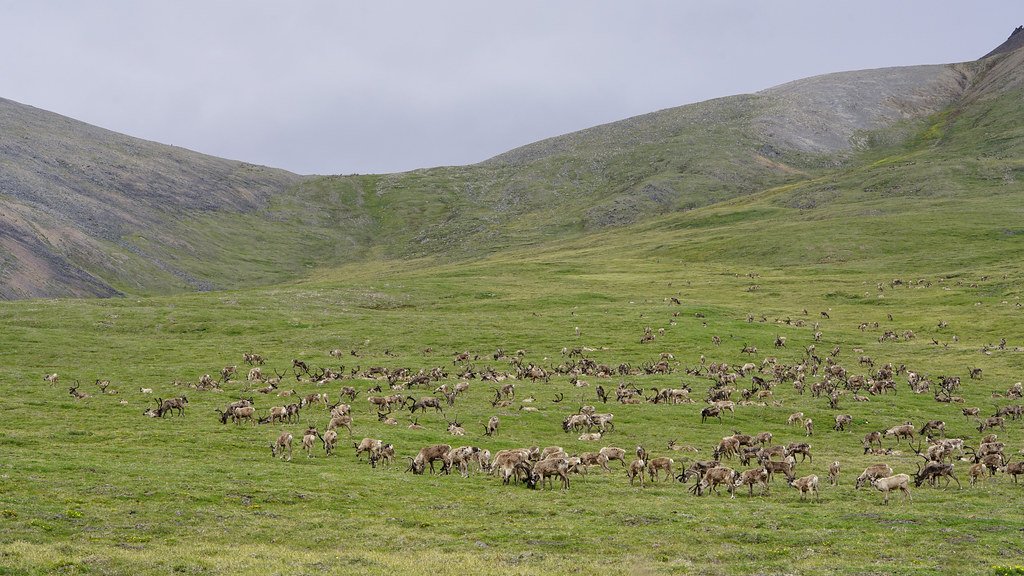The majesty of Canada’s wilderness is embodied by the caribou, a species that has long roamed its vast northern landscapes. However, as the tranquil beauty of the Canadian tundra is increasingly disrupted by human activities, the caribou herds face a growing threat. This article delves into the plight of Canada’s caribou, exploring their importance, the challenges they face, and the efforts underway to save them from disappearance.
Caribou: An Icon of the Canadian Wilderness
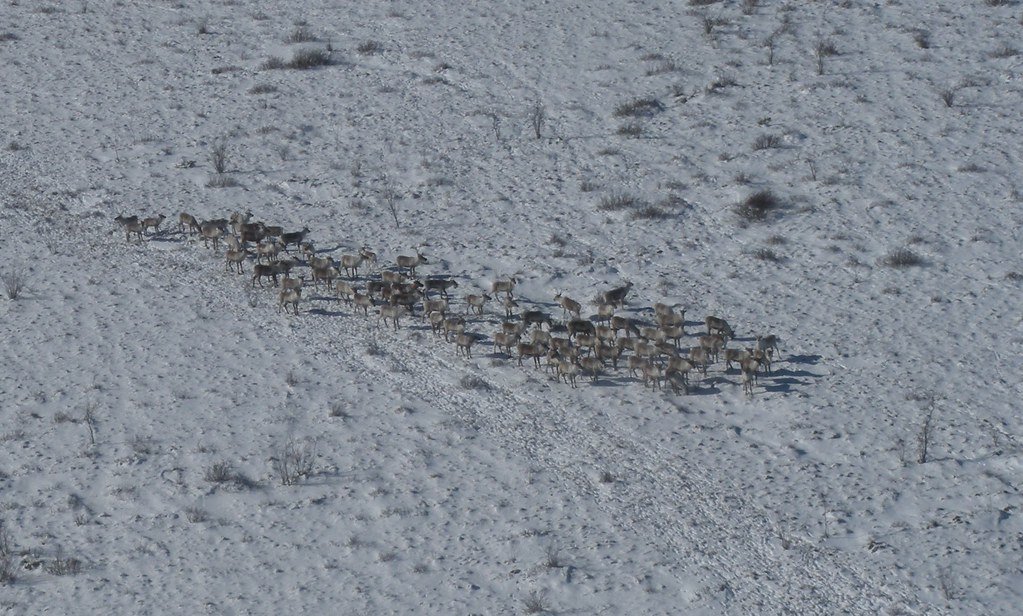
The caribou is not merely an inhabitant of Canada’s wilds but a key ecological player and cultural symbol. Known worldwide as reindeer, these animals thrive across the country’s boreal forests, mountains, and rugged tundra. For Indigenous communities, caribou are part of rich traditions and are vital to their diets and customs.
The Threats Facing Caribou Populations
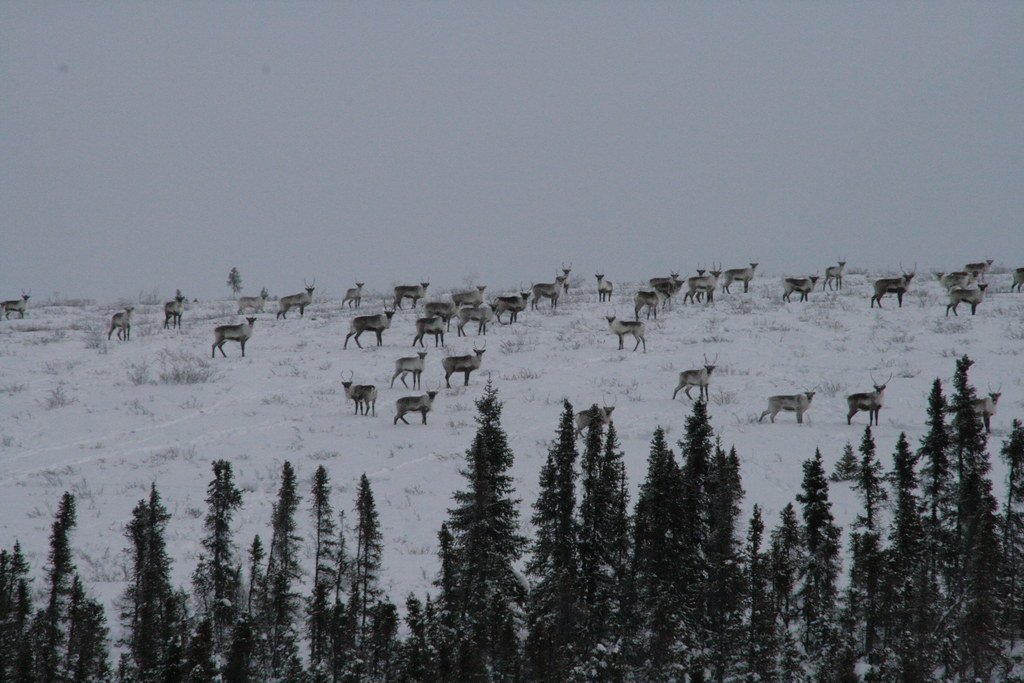
Several factors are contributing to the decline of caribou populations. Habitat destruction due to logging, mining, and oil extraction disrupts their environment. Climate change intensifies these impacts, altering food availability and migratory patterns. Predation, often exacerbated by human encroachment, further pressures these herds.
Understanding Caribou Ecology
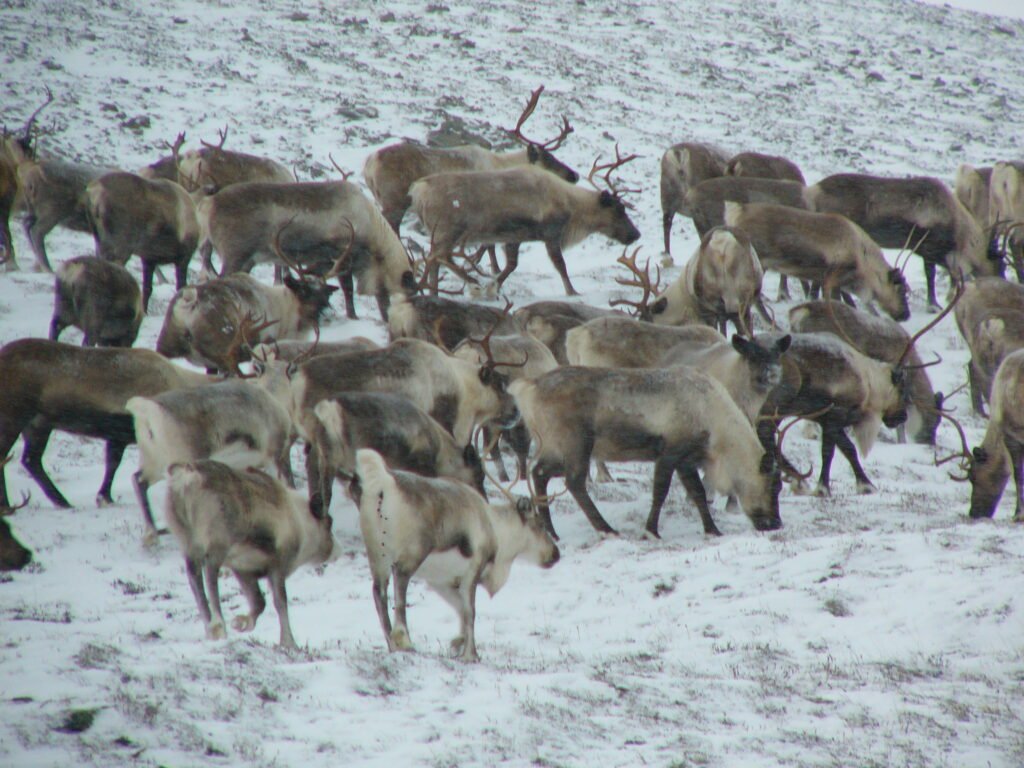
Caribou are uniquely adapted to cold environments, with thick fur and large, padded hooves that enable them to traverse snow and tundra. Their diet primarily consists of lichen, which grows slowly and is sensitive to ecological changes. Caribou migration patterns are among the longest of any terrestrial mammal, a testament to their resilience.
The Role of Climate Change
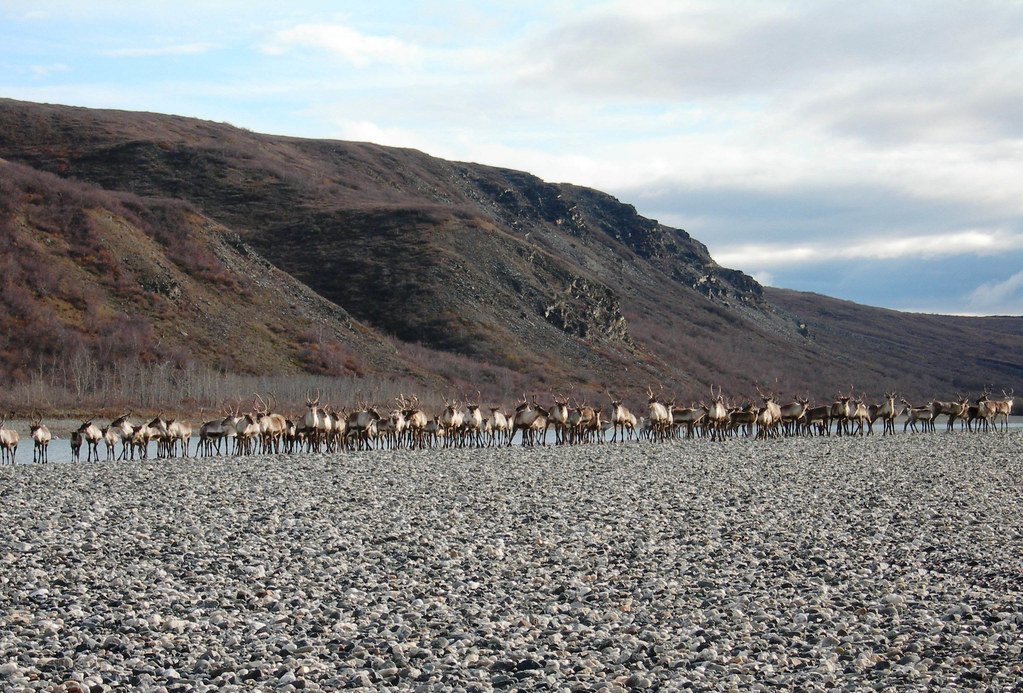
Climate change is one of the most pressing threats to caribou survival. Rising temperatures result in the thawing of permafrost, impacting lichen growth, while erratic weather patterns can disrupt migration routes. The shifting climate also allows parasites and diseases to thrive in previously inhospitable regions.
Human Impact on Caribou Habitat
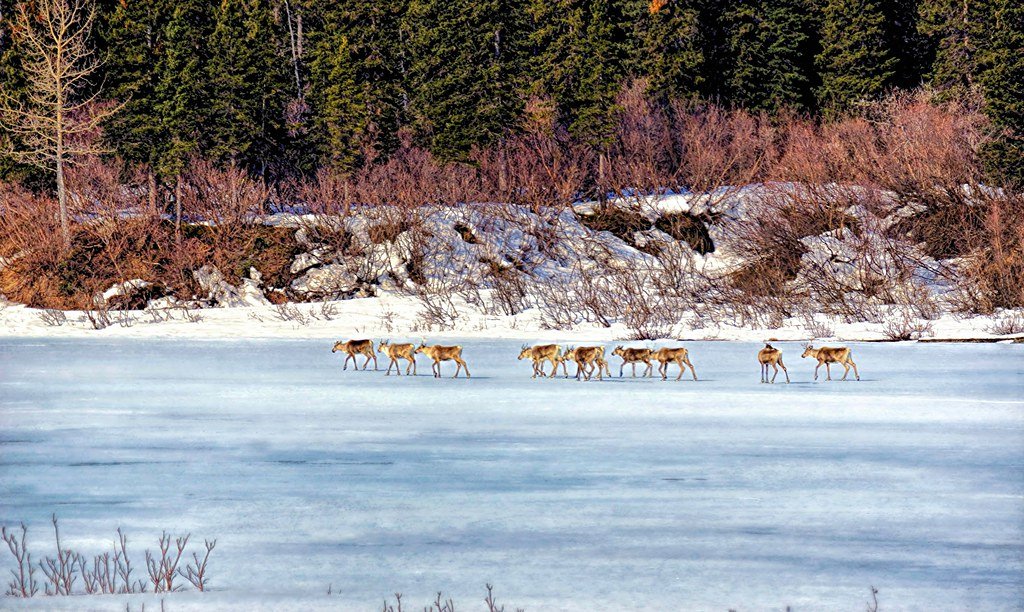
Industrial activities are progressively encroaching on the caribou’s natural habitat. Deforestation for logging and infrastructure for mining disturb migration corridors and breeding grounds. Oil and gas development leads to habitat fragmentation, making it difficult for herds to find food and evade predators.
Conservation Strategies and Challenges
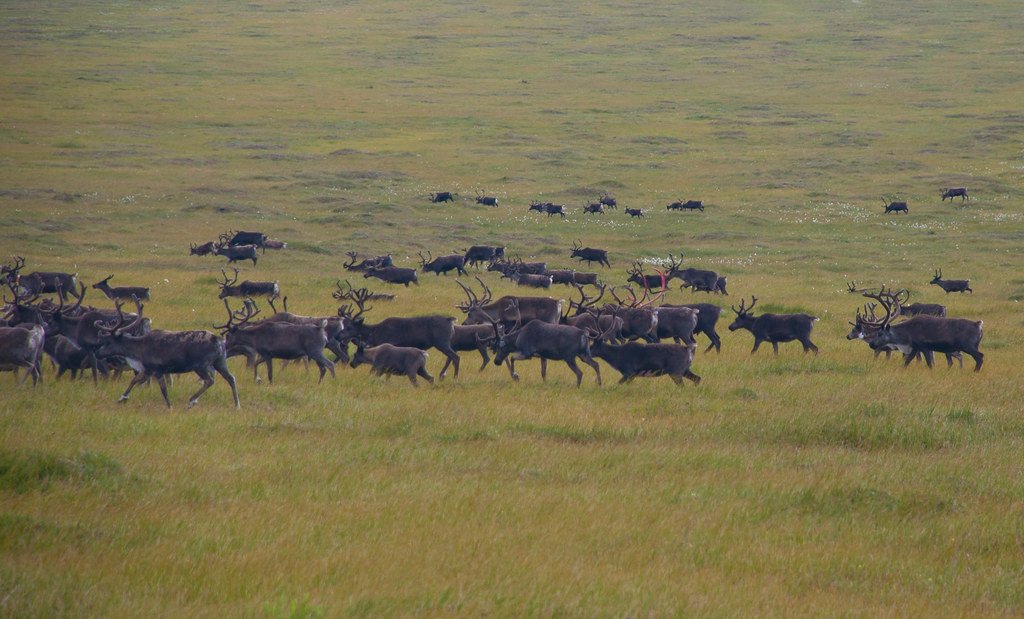
Efforts to protect caribou involve creating protected areas and regulating industrial activities. Conservationists are calling for stricter land-use policies to safeguard critical habitats. However, balancing economic interests with ecological preservation remains a significant hurdle for policymakers.
The Role of Indigenous Knowledge

Indigenous communities possess valuable knowledge about caribou behavior and ecology, which is crucial for effective conservation. Collaborative efforts that integrate traditional ecological knowledge with scientific research offer a promising path forward in protecting these iconic animals.
Success Stories and Positive Developments

In some regions, caribou populations are stabilizing due to concerted efforts by governments and Indigenous groups. Initiatives focusing on habitat restoration and predator control have shown encouraging results. These successes highlight the potential for recovery if proactive measures are sustained.
The Role of Public Awareness and Education
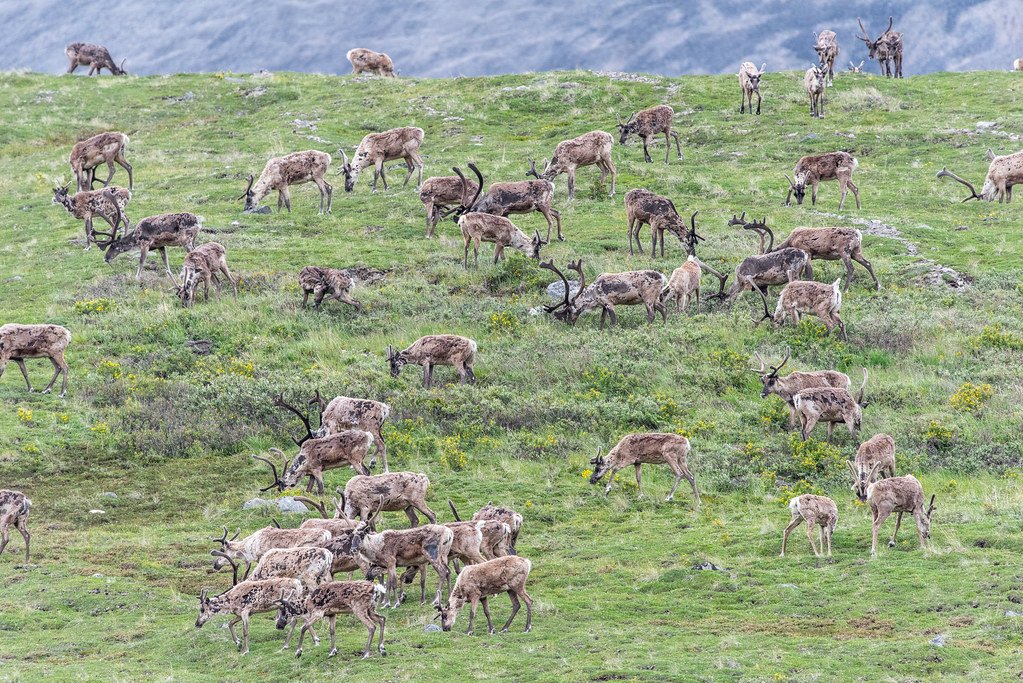
Increasing public awareness about the plight of caribou is crucial for garnering support for conservation initiatives. Educational programs that highlight the importance of caribou to Canada’s biodiversity can inspire collective action to preserve these animals for future generations.
Future Outlook: Can We Save the Caribou?

While the challenges are daunting, the continued commitment to collaborative conservation strategies offers hope. If current efforts can be expanded and enhanced, it is possible to reverse the decline of caribou populations and ensure the survival of this iconic species.
In conclusion, the fate of Canada’s caribou is closely tied to the decisions and actions of today. As we grapple with the environmental impacts of our activities, the story of the caribou serves as a poignant reminder of the delicate balance within nature. Through commitment to preservation and sustainable practices, it is within our power to safeguard not only the caribou but the ecological health of our planet.

